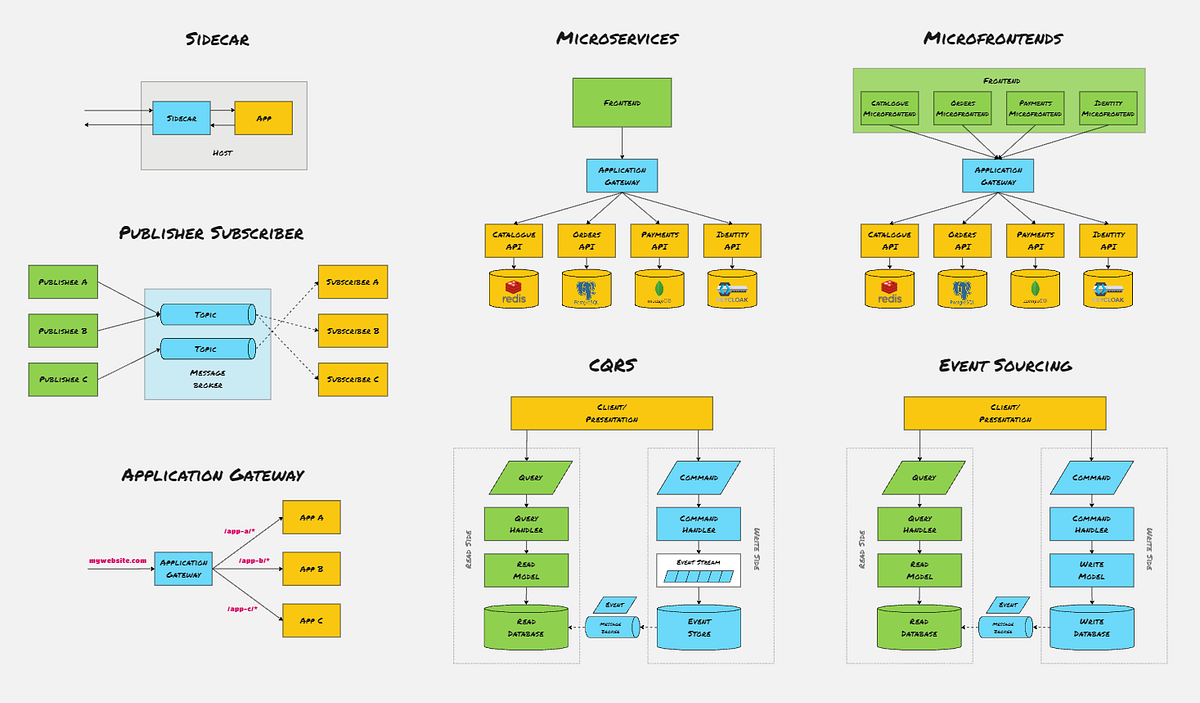My Favourite Software Architecture Patterns: An Introduction to Bounded Contexts
This article, "My Favourite Software Architecture Patterns," introduces the concept of software architecture patterns and their importance in software development. The author highlights that there are no one-size-fits-all solutions in software architecture, and the choice of patterns depends on the specific needs of the application and team. Factors like performance, scalability, and team expertise play a crucial role in determining suitable patterns.
The author emphasizes that understanding the strengths and weaknesses of different patterns is essential before embarking on architectural design. The article then delves into one specific pattern called "Bounded Contexts," suggesting its significance in software development. However, the author only introduces the name of the pattern without further explanation in the provided content.
Налаштувати зведення
Переписати за допомогою ШІ
Згенерувати цитати
Перекласти джерело
Іншою мовою
Згенерувати інтелект-карту
із вихідного контенту
Перейти до джерела
levelup.gitconnected.com
My Favourite Software Architecture Patterns
Ключові висновки, отримані з
by Matt Bentley о levelup.gitconnected.com 11-12-2024
https://levelup.gitconnected.com/my-favourite-software-architecture-patterns-0e57073b4be1
Глибші Запити
